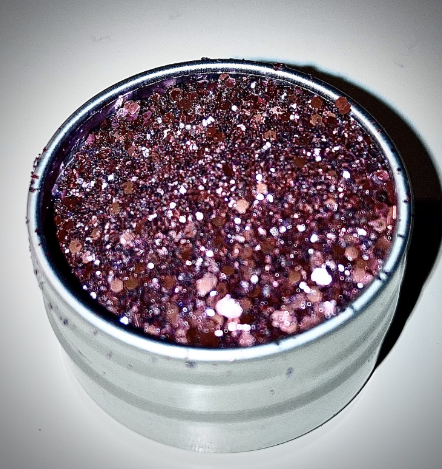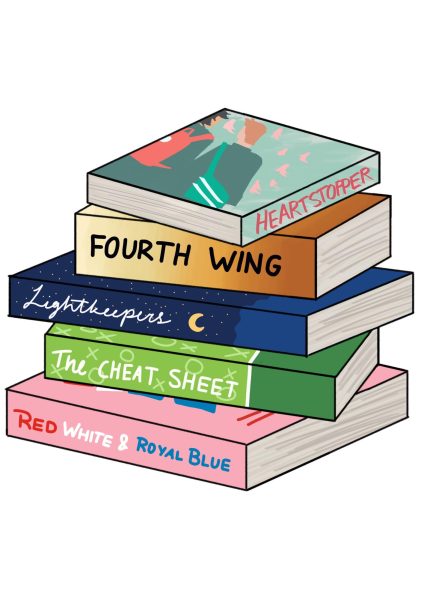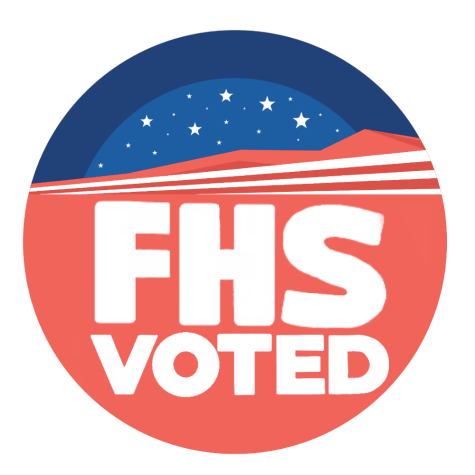The glitter conspiracy

Photo courtesy of Minerva Kamra
Humans love mysteries. Busy minds are always looking to wrap themselves around some new conspiracy. Sometimes, though, the mystery is right in front of people’s faces. Or, rather,on them, as the case may be with the subject of this internet micro-fixation. Glitter, a timeless icon of the holiday season, is having a new resurgence, and bedazzling countless teenagers’ eyelids. It may seem the small sparkles are everywhere; this, however, is an understatement.
The glitter conspiracy or “glitter gate” as it is known, came to the public’s eye back in 2018 with a New York Times exposé on the production methods of glitter. The article feature seemed to ultimately raise more questions than it answered, particularly who, amidst a global glitter shortage is purchasing all the glitter?
During an interview for the New York Times, Lauren Dyer, a manager at Glitterex, one of the two largest manufacturers of glitter, sparked the question in an interview uncovering the glitter industry. As stated in the article:
“When I asked Ms. Dyer if she could tell me which industry served as Glitterex’s biggest market, her answer was instant: “No, I absolutely know that I can’t.”
I was taken aback. “But you know what it is?”
“Oh, God, yes,” she said, and laughed. “And you would never guess it. Let’s just leave it at that.” I asked if she could tell me why she couldn’t tell me. “Because they don’t want anyone to know that it’s glitter.”
“If I looked at it, I wouldn’t know it was glitter?”
“No, not really.”
“Would I be able to see the glitter?”
“Oh, you’d be able to see something. But it’s — yeah, I can’t.””
The questions which this passage raised originally cycled around Reddit and garnered a few articles of their own before recently having a large recurrence on TikTok, where users were quick to share their own theories as to which industry was the glitter mongerer.
The leading theory seems to be boat paint. To some though, this is too obvious, offering a myriad of potentials such as: United States currency, medication WSR coating, deodorant, toothpaste, something to do with NASA and pan coating. Some users even claim it is being used to make beaches look more social media worthy. Glitter’s military potential is also discussed.
As wild as the theories are, the facts are wilder and provide countless implications. The article states the origins of glitter as New Jersey, being invented and manufactured there. Glitter is made from what is essentially aluminum covered plastic film. Glitter particles come from larger pieces of glitter. Glitter is difficult to remove due to its susceptibility to static electricity, which causes them to cling to the most inconvenient of surfaces. It is because of this that glitter is used in such things as tracking animals and has been considered as crime scene evidence. Glitter’s iridescence comes from microscopic embossing which makes it easily identifiable and embedded in name-brand plywood to make it identifiable against counterfeits. As creative as the substance may be, it is also largely used aesthetically in such things as cosmetics, automobile paint, and jet skis as named in the article. Almost always, if it sparkles it’s glitter.
Presented with a myriad of options the internet quickly negated several options. Toiletries such as toothpaste and deodorant are argued to be a little too obvious. Certain toothpastes, such as Crest, have already admitted to having decorative polyethylene flakes (commonly known as glitter), added for aesthetic purposes. A good rule of thumb is if it is consumable or a cosmetic, glitter or its alias such as polyethylene are required by the FDA to be listed in the ingredients, this however fails to account for government cover ups. To straight out blame the government is always an option, glitter is already known as a warfare method, through such explosives as “glitter bombs.” This keeps United States Currency and military operations and NASA on the table. Miscellaneous options like pan coating and WSR coating are questioned for whether they would purchase enough glitter to be the largest industry. Glitter beaches are so wild only an internet conspiracy theorist could come up with it.
But the purchaser still remains anonymous. The indication that it is impossible to guess is nothing less than a good challenge. A thought that is impossible to get rid of quite like glitter.











